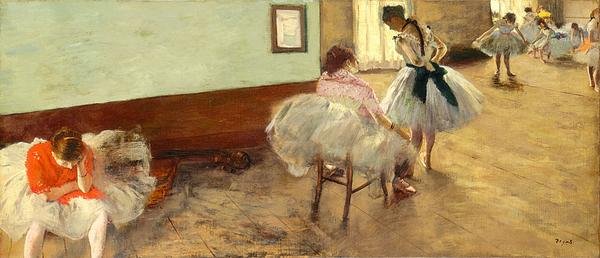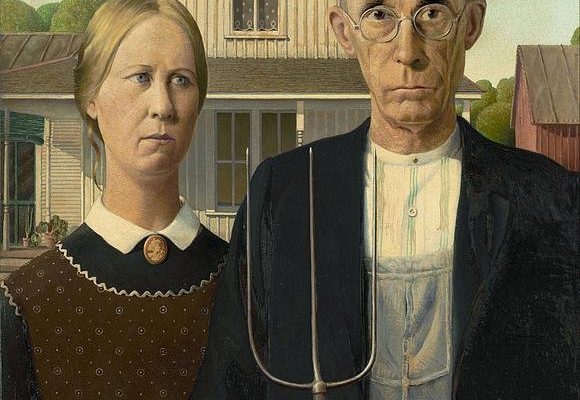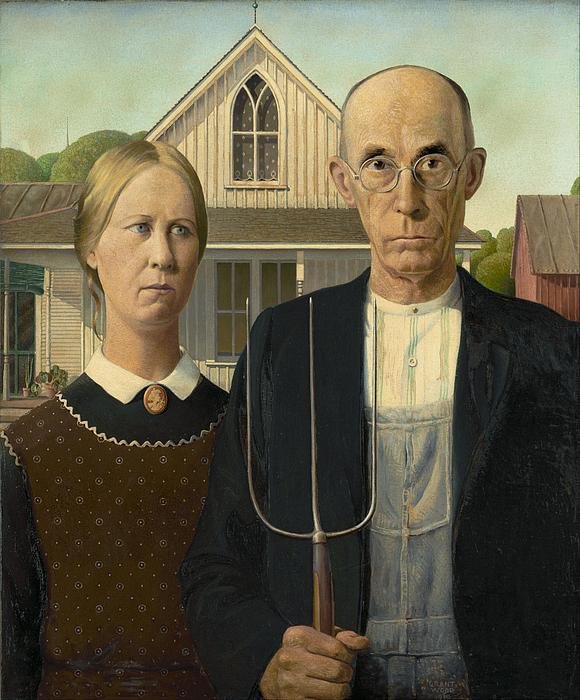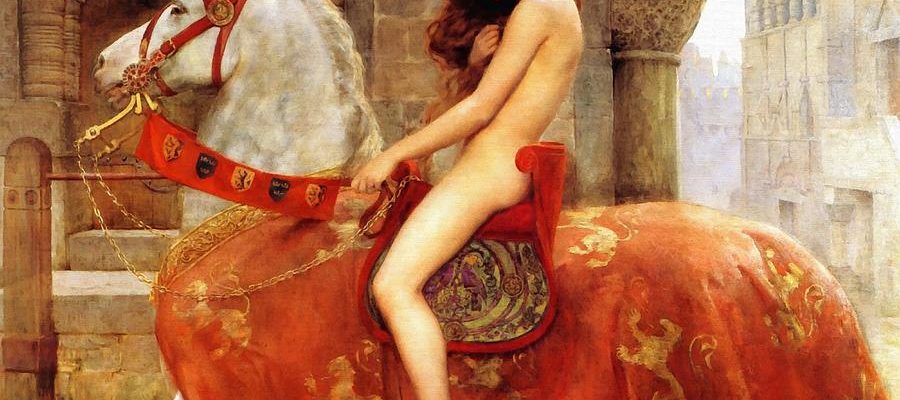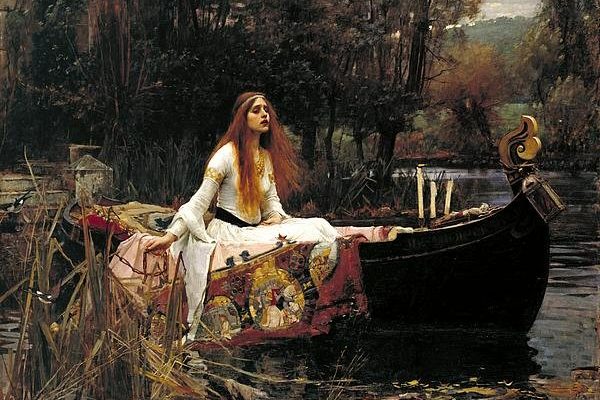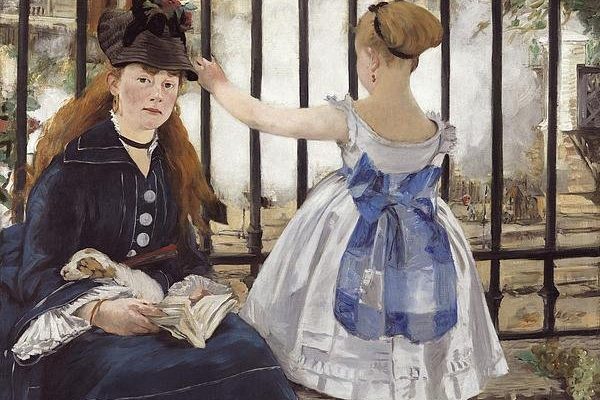Edgar Degas The Dance Lesson (1879)
Edgar Degas was a French artist famous for his paintings, sculptures, prints, and drawings. He is especially identified with the subject of dance; more than half of his works depict dancers. He is regarded as one of the founders of Impressionism, although he rejected the term, and preferred to be called a realist. The Dance Lesson (sometimes known as The Dancing Lesson) is an 1879 oil-on-panel painting by the French artist Edgar Degas. It is currently kept at National Gallery of Art in Washington, D.C.. There is at least one other work by Degas by this title, also made in about 1879, which is a pastel.
